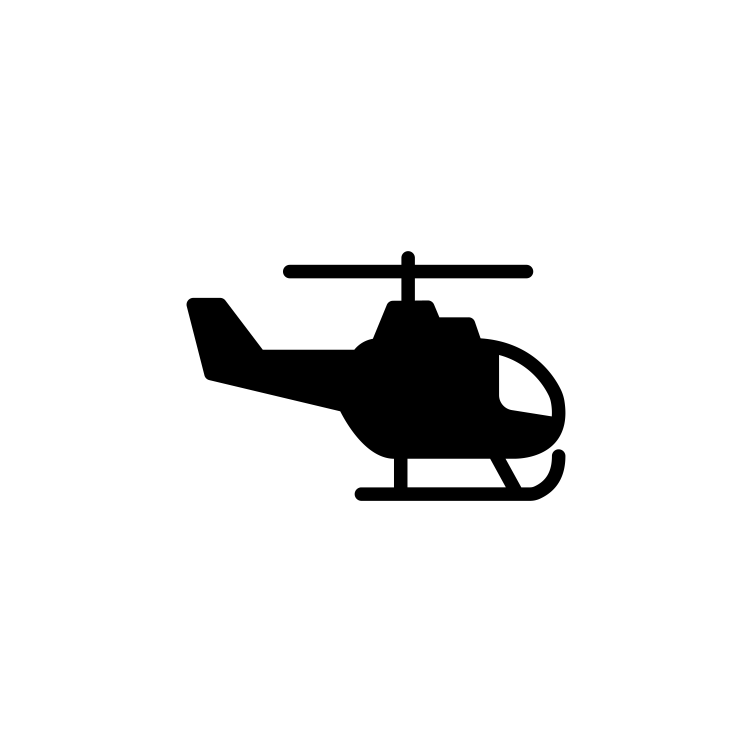
High Performance Coatings
Protecting & Enhancing Class A Surfaces of Prestigious, High-Value Assets
Globally for over 30 Years.
Introducing Toughguard
The ToughGuard Difference
5-7 Year Automotive
Enhancement & Protection
2-3 Year Marine
Enhancement & Protection
5-7 Year Automotive
Enhancement & Protection
2-3 Year Aviation
Enhancement & Protection
Automotive
Enhancement & Protection
Marine
Enhancement & Protection
Aviation
Enhancement & Protection
Freight Transportation
Enhancement & Protection
Automotive
Enhancement & Protection
Marine
Enhancement & Protection
Aviation
Enhancement & Protection
Freight Transportation
Enhancement & Protection
ToughGuard-aero Nano-Resin Paint Protection Coating Protects Your Assets & the Environment
A study commissioned by Boeing shows that a smooth, clean surface reduces drag and improves fuel efficiency.
The ToughGuard-aero Paint Protection Coating produces a near super-hydrophobic surface creating a super slick surface which makes it difficult for debris, pollutants, chemicals and bugs to adhere to the ToughGuard-aero coated surfaces.
Cleaner surfaces require less washings thereby reducing chemical usage,
Cleaner surfaces create greater laminar flow efficiencies leading to
increased fuel burn efficiencies.
Sustainability efficiencies are achieved incrementally. The ToughGuard-aero Paint Protection Coating is one more way to help with the need for sustainability within the aviation industry at the local and global levels.
Science Behind ToughGuard STEP-2
Science Behind ToughGuard STEP-2
ToughGuard STEP-2 is a one-of-a-kind surface protective coating in that it incorporates a unique natural, inorganic resin that is derived from three distinct and rare elements. These organic elements are transposed into a liquid form during the manufacturing process and then blended with nine other components at just the right time and temperature specifications. ToughGuard STEP-2 is an extremely complex formulation that sets it a part from all other competitive products.
It’s the “Resin”! The resin when cured onto to paint, clear-coat or gel-coat physically bonds to the surface. It doesn’t just lay on top of the surface like all other products – it mechanically bonds with the paint, clear-coat or gel-coat. This resin, when cured, becomes a true protective barrier layer that protects the paint, clear-coat and/or gel-coat from harmful environmental elements such as: UV Rays, chemicals, volcanic ash, pollution, bird droppings and insect splats, salt water and tree sap.
Not only does ToughGuard STEP-2 provide unmatched protection against harmful environmental elements, it significantly enhances the paint, clear-coat and gel-coat. Verified gloss meter readings of 98.3 (at 85 degrees). The depth of shine and gloss are greatly increased with the use of ToughGuard STEP-2.
Third party testing conducted by NIAR (National Institute of Aviation Research proved that ToughGuard STEP-2 brilliantly withstands and protects against the unforgiving and increasingly destructive Ultra Violet rays. ToughGuard STEP-2 helps to maintain color and gloss even in the harshest conditions on earth.
ToughGuard's Commitment
Science Behind ToughGuard
The ToughGuard paint sealant product is a one-of-a-kind surface protective coating in that it incorporates a unique natural, inorganic resin that is derived from two distinct and rare minerals that are minded from the earth. These organic minerals are transposed into liquid form during the manufacturing process and then blended with eleven other components at just the right time and temperature specifications. The TG paint sealant product is an extremely complex and exact formula that sets it a part from all other competitive products.
It’s the “Resin”! The resin when cured onto to paint, clear-coat or gel-coat physically bonds to the surface. It doesn’t just lay on top of the surface like all other products – it mechanically bonds with the paint, clear-coat or gel-coat. This resin, when cured, becomes a true protective barrier layer that protects the paint, clear-coat and/or gel-coat from harmful environmental elements such as: UV Rays, chemicals, volcanic ash, pollution, bird droppings and insect splats, salt water and tree sap.
Not only does the TG Paint Sealant provide unmatched protection against harmful environmental elements, it significantly enhances the paint, clear-coat and gel-coat. Verified gloss meter readings of 98.3 (at 85 degrees). The depth of shine and gloss are greatly increased with the use of the TG Paint Sealant.
Third party testing conducted by NIAR (National Institute of Aviation Research proved that TG Paint Sealant brilliantly withstands and protects against the unforgiving and increasingly destructive Ultra Violet rays. TG Paint Sealant maintains color and gloss even in the most severe conditions on earth.
Paint Protection When It Matters Most
ToughGuard protects the paint on your aircraft, yacht/boat, vehicle and RV from harsh environmental elements such as UV Rays, Chemicals, Pollution, Carbon Soot, Acid Rain, Industrial Fallout, bird droppings. bugs and tree sap. t The ToughGuard Nano-Resin bonds with the painted surface creating a true barrier coat that acts as a protective shield protecting your assets for years, not months.

ToughGuard for Recreational Vehicles
Whether you have an RV or motorcycle, ToughGuard helps you keep it well-maintained and looking great. It protects your paint, chrome, windshields, and lights, so you never have to worry about corrosive materials again.
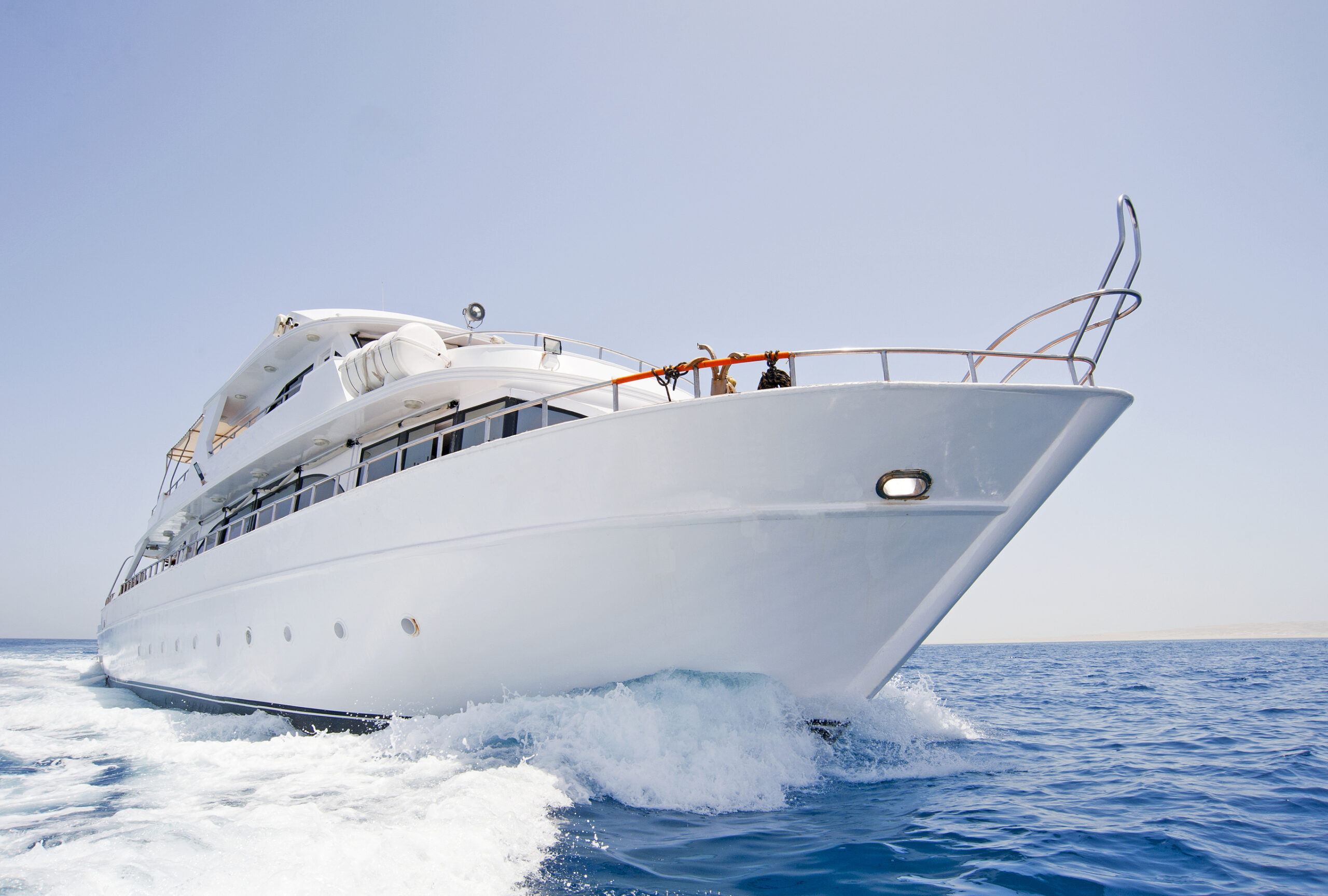
ToughGuard for Yachts & Marine Craft
Protect your yacht or other marine craft from UV damage, saltwater, soot, pollution, insects, and other contaminants. ToughGuard has proven scientific Our superior paint/Gel-Coat protection product from sticking to your boat, making it easier to clean and maintain. Our formula lasts for up to three years with one application, so your boat will look great for longer with minimal maintenance.

ToughGuard for Automobiles
Your car’s paint job will last longer and be more resistant to the elements with ToughGuard. Our unique resin-based formula bonds with paint for protection that lasts years, not months. It is free from silicone and Teflon and is the only product that uses nanotechnology to bond to your vehicle’s surface pores. The glossy finish enhances the appearance of your car’s finish.
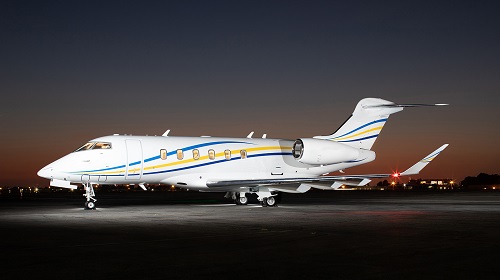
ToughGuard-Aero for Fixed-winged Planes & Helicopters and other Aircraft types
ToughGuard protects your personal or private aircraft from the elements and improves performance. It creates a barrier between your aircraft and contaminants, allowing your plane to fly more efficiently with lower fuel costs. The sleek finish also leaves a great first impression.
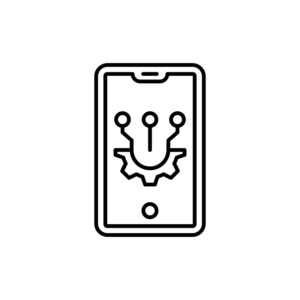
ToughGuard for Automobiles
Your car’s paint job will last longer and be more resistant to the elements with ToughGuard. Our unique resin-based formula bonds with paint for protection that lasts years, not months. It is free from silicone and Teflon and is the only product that uses nanotechnology to bond to your vehicle’s surface pores. The glossy finish enhances the appearance of your car’s finish.
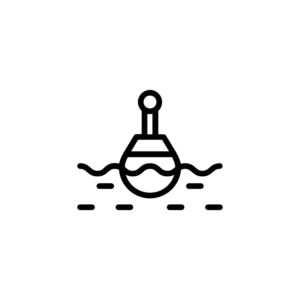
ToughGuard for Yachts & Marine Craft
Protect your yacht or other marine craft from UV damage, saltwater, soot, pollution, insects, and other contaminants. ToughGuard has proven scientific Our superior paint/Gel-Coat protection product from sticking to your boat, making it easier to clean and maintain. Our formula lasts for up to three years with one application, so your boat will look great for longer with minimal maintenance.
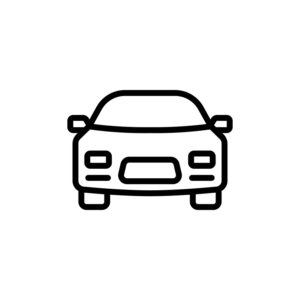
ToughGuard for Recreational Vehicles
Whether you have an RV or motorcycle, ToughGuard helps you keep it well-maintained and looking great. It protects your paint, chrome, windshields, and lights, so you never have to worry about corrosive materials again.
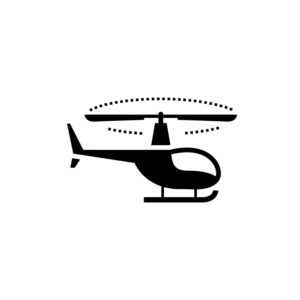
ToughGuard-Aero for Fixed-winged Planes & Helicopters and other Aircraft types
ToughGuard protects your personal or private aircraft from the elements and improves performance. It creates a barrier between your aircraft and contaminants, allowing your plane to fly more efficiently with lower fuel costs. The sleek finish also leaves a great first impression.
ToughGuard Makes It Easier to Maintain Your Equipment
We know you are busy and don’t have the time to recoat your equipment’s surface continuously. We also know you love your boat, plane, or car and want it to last as long as possible. At ToughGuard, we are committed to making it easier to own a commercial or recreational vehicle, boat, or aircraft. Our products last for years to keep your surfaces looking great for longer.
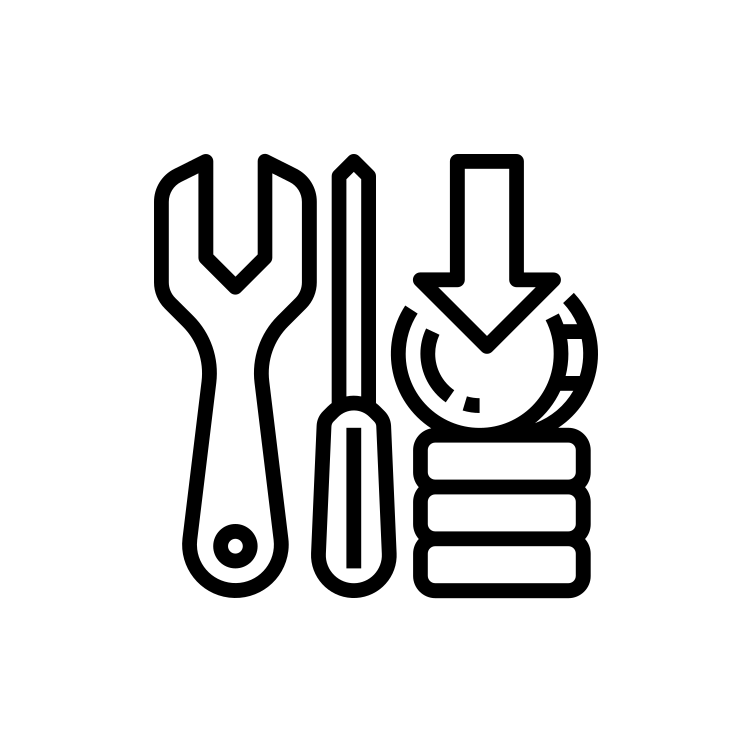
Lower Maintenance Costs
Your paint protects your vehicle. ToughGuard protects your paint. ToughGuard products lower maintenance costs by preventing corrosive contaminants from sticking to your vehicle’s surface. ToughGuard guards against UV light, dirt, rain, caustic chemicals, bird droppings, and so much more for superior protection you can count on.
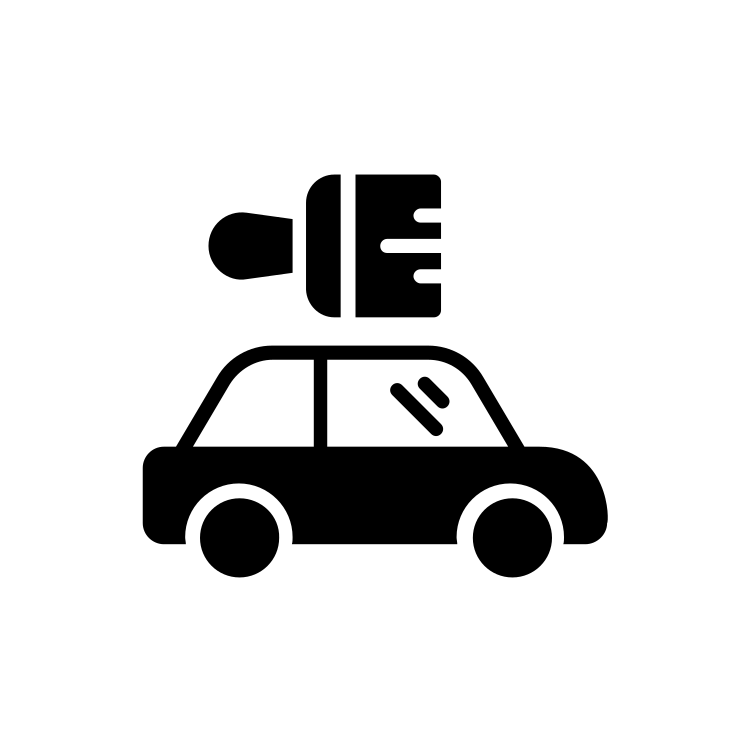
Striking Finish
ToughGuard products add a glossy finish to your equipment, enhancing your machine’s appearance and leaving a great first impression, whether it is a commercial airplane or a luxury vehicle. Paint protection has never been so beautiful.

More Efficient Operation
ToughGuard is designed to save you time and money. Because it keeps contaminants from sticking to your aircraft or vehicle, it allows them to be more fuel-efficient and aerodynamic. It also reduces the amount of time you spend washing your vehicle, boat, or airplane.
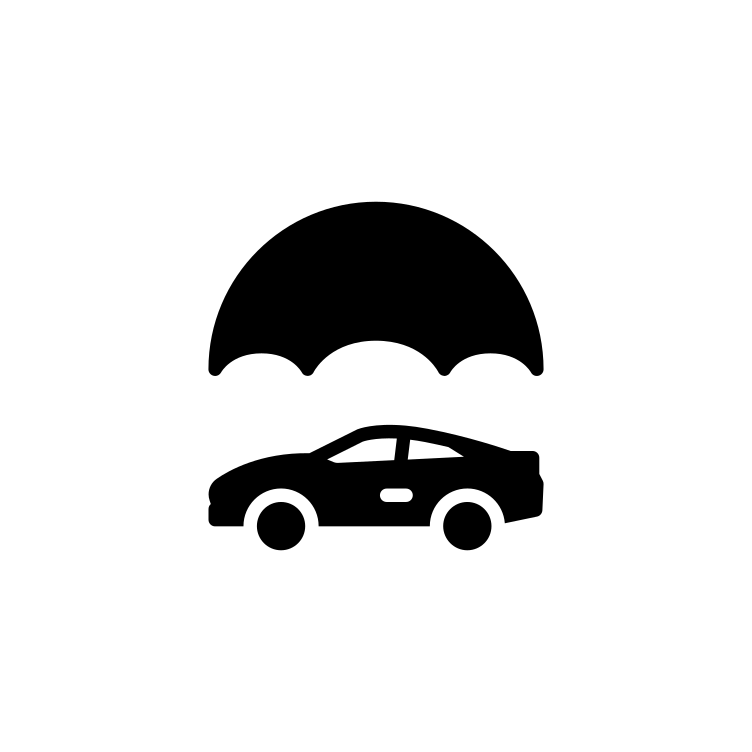
Extend the Life of Your Paint in definitely
ToughGuard has been shown to dramatically extend the life of your paint in definitely. This makes it a great investment, saving you money on a costly paint job.

Lower Maintenance Costs
Your paint protects your vehicle. ToughGuard protects your paint. ToughGuard products lower maintenance costs by preventing corrosive contaminants from sticking to your vehicle’s surface. ToughGuard guards against UV light, dirt, rain, caustic chemicals, bird droppings, and so much more for superior protection you can count on.

Striking Finish
ToughGuard products add a glossy finish to your equipment, enhancing your machine’s appearance and leaving a great first impression, whether it is a commercial airplane or a luxury vehicle. Paint protection has never been so beautiful.

More Efficient Operation
ToughGuard is designed to save you time and money. Because it keeps contaminants from sticking to your aircraft or vehicle, it allows them to be more fuel-efficient and aerodynamic. It also reduces the amount of time you spend washing your vehicle, boat, or airplane.

Extend the Life of Your Paint by up to 50%
ToughGuard has been shown to dramatically extend the life of your paint by as much as 50%. This makes it a great investment, saving you money on a costly paint job.
Sustainable Results
The ToughGuard-aero Nano-Resin Paint Sealant product contributes to the aviation industry's sustainability goals through extending the service life of aircraft paint, reducing water and chemical use for cleaning maintenance and increasing fuel burn efficiencies by smoothing out painted surfaces, reducing skin friction and reducing parasitic drag.
What Makes ToughGuard Different?
ToughGuard is a company based on integrity, exceptional customer support, and manufacturing surface protection products that produce positive bottom-line benefits for our customers while contributing to helping the environment through reducing chemical usage, extending paint life cycles and reducing carbon emissions.
The ToughGuard surface protection products significantly outperform all competitive products that talk a good game, but cannot deliver results equal to what ToughGuard has delivered for decades on a global scale.
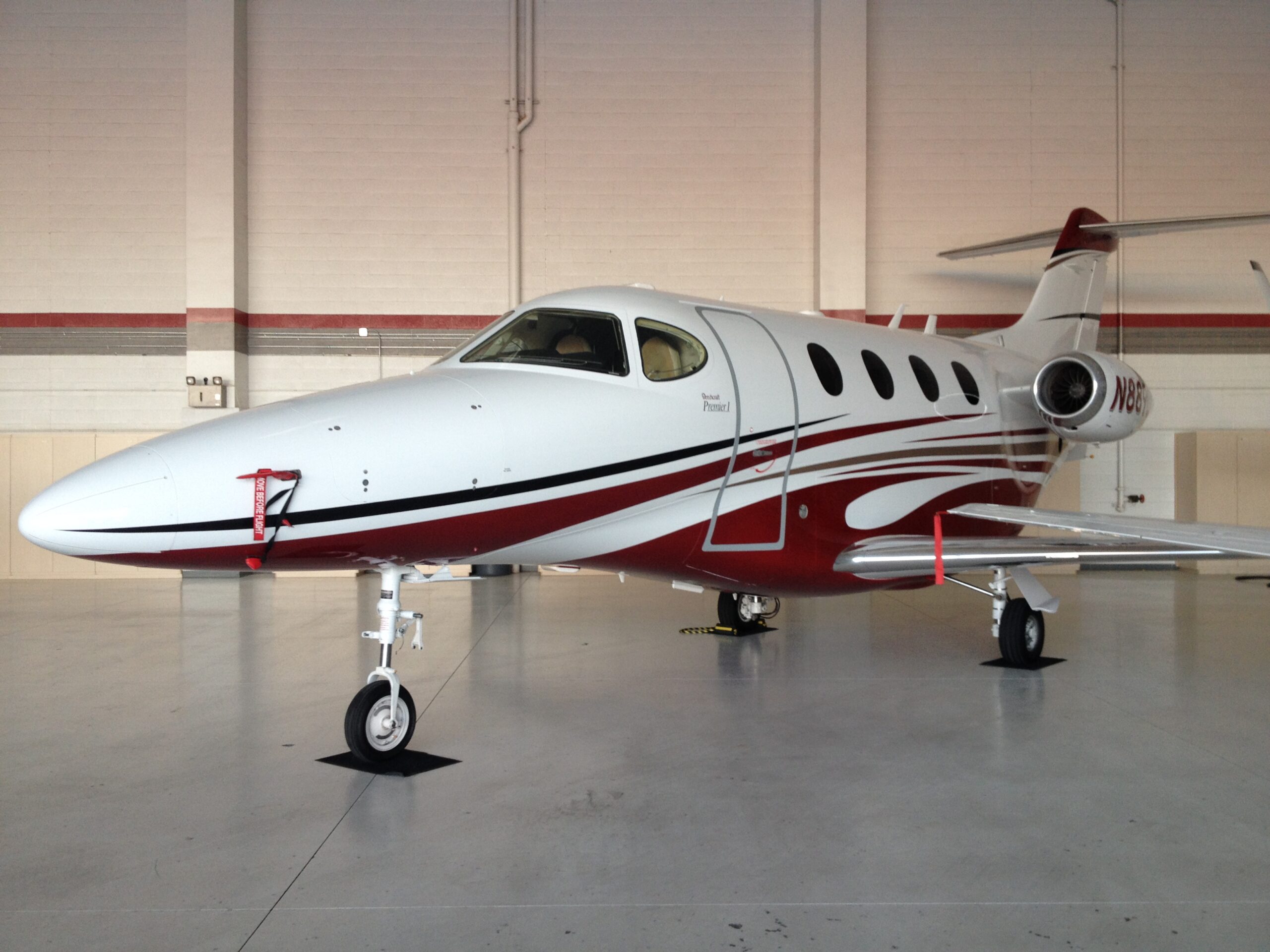
Commitment to Quality
At ToughGuard, we are committed tom manufacturing and supplying our customers with the highest quality and best performing products available on the market. For over 30 years, ToughGuard customers can attest to the quality of our products.
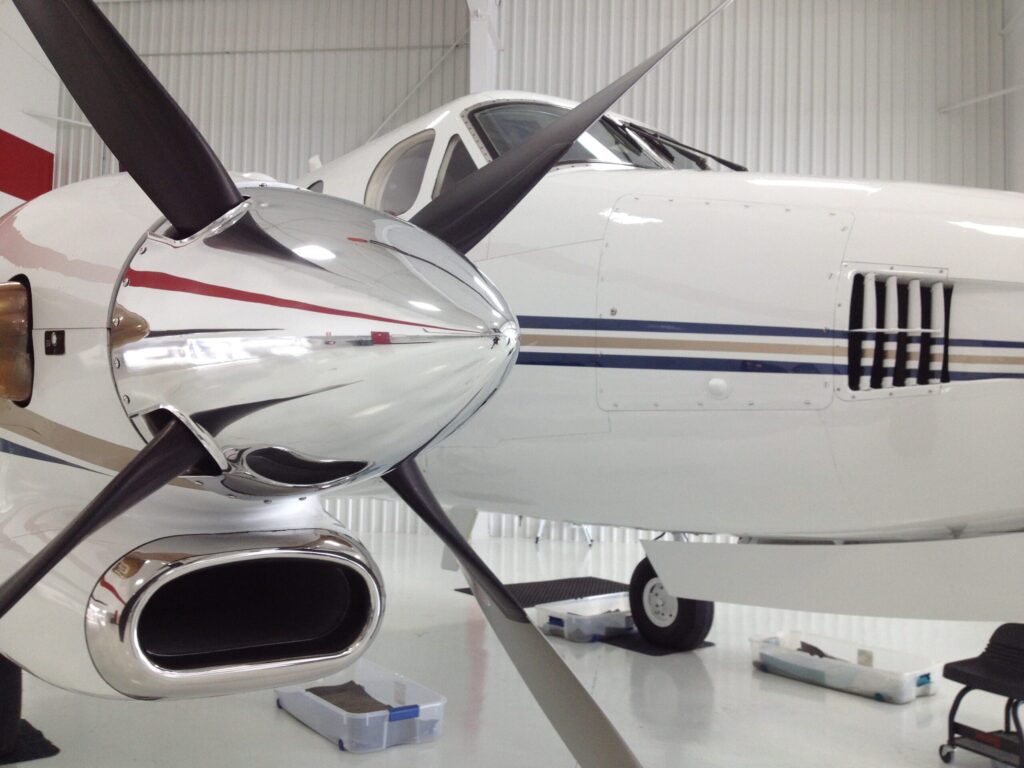
No Teflon or Silicone
The ToughGuard Nano-Resin Paint Protection Coating is free of both teflon and silicone. ToughGuard Nano-Resin Paint Protection Coating's formulation is based on natural, inorganic components proven to provide unequaled performance.
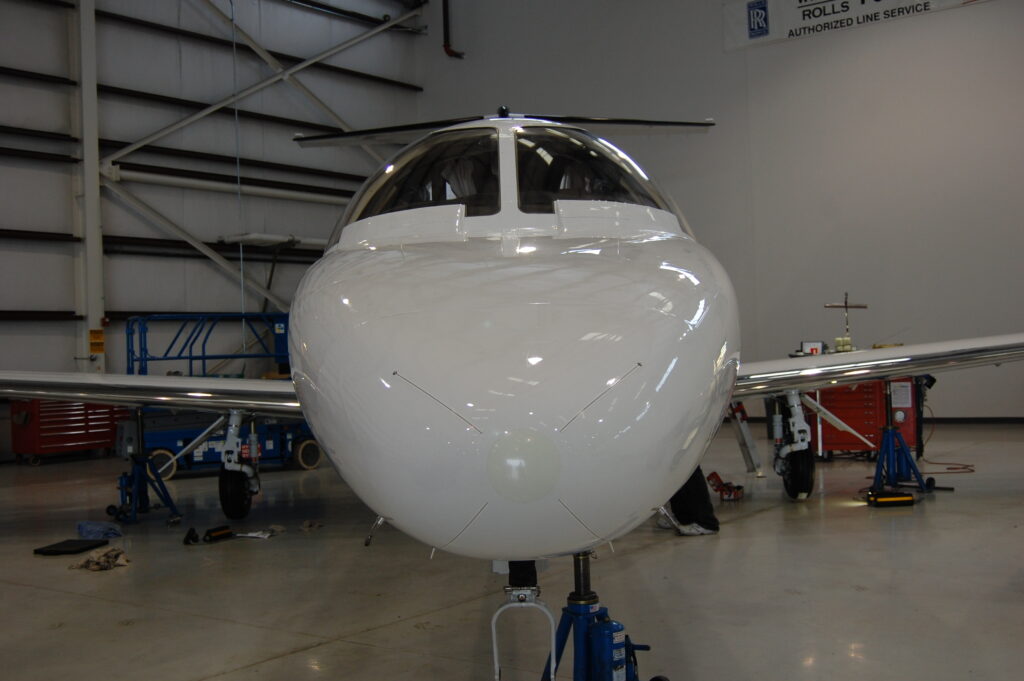
Product Development
At ToughGuard, we are committed to continual product improvement and new product innovation and development. ToughGuard has many high performing products that work in unison to protect our customer's high value assets.

Commitment to Sustainability & Quality
At ToughGuard, we are committed to protecting the environment without sacrificing quality. That is why we make sure our products are safe, environmentally friendly, and designed to reduce our customers’ impact on the environment.
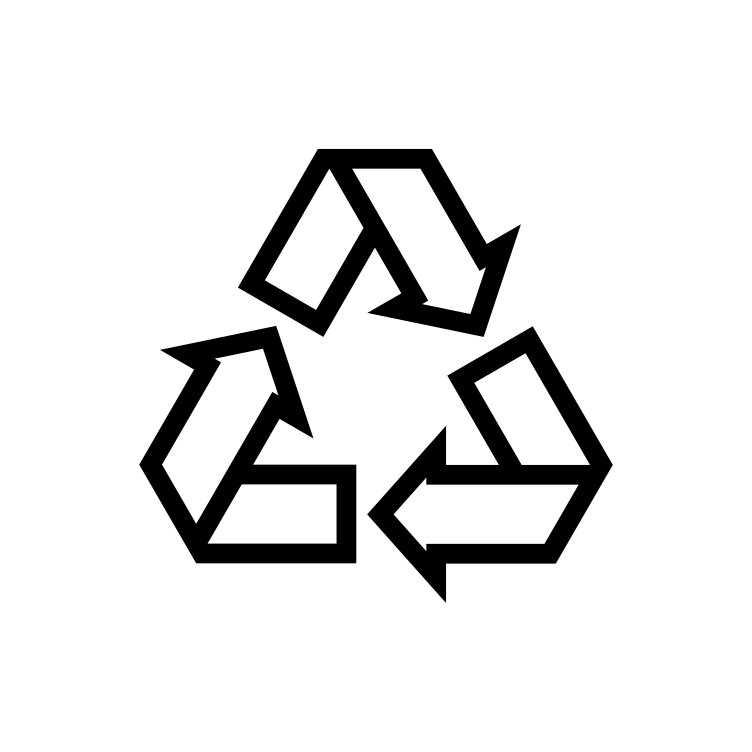
ToughGuard for Recreational Vehicles
Our proprietary formula is free from Teflon and silicone. It relies on nanotechnology to deeply penetrate the pores of your paint job so nothing else can. This is the secret behind both our superior protection and our beautiful finish.
